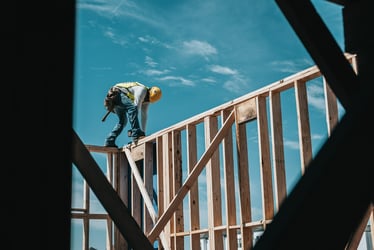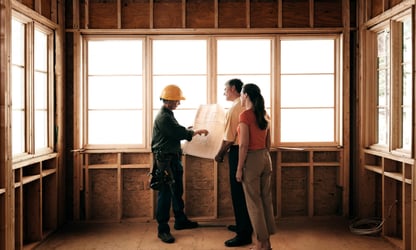Last year with stay-at-home orders placed throughout much of the country, many of us faced the task of adapting and working from home. While some used a multipurpose room as a home office, others set up shop at their dining room tables.
With the shifted work landscape unfolding rapidly, the pandemic sparked a long-term need to create a work-from-home space, generating a rise in home and apartment renovations. In fact, a study conducted by Global Work Place Analytics shared an estimated 25-30 percent of the workforce will evolve to working- from-home multiple days a week by the end of 2021. Moreover, according to the Harvard Joint Center for Housing Studies, “large metro areas are expected to see stronger remodeling gains in 2021 with an average growth of almost 5 percent.” Most assuredly, the need for created workspaces in homes, if they do not already exist, will continue to increase.
Undoubtedly, most home or commercial building renovations require capital from banks and financial institutions, in order to become operational and ensure viability. The greatest threat to the lender’s success of a project are the “unknowns” – real or perceived. Indeed, lenders must understand the unique aspects and characteristics of a proposed project as they would with any loan investment. How does one quantify this undertaking to ensure minimal risk exposure and increase the likelihood of success?
A feasibility analysis answers many of these questions. Designed to provide the first look of a potential renovation, a feasibility study is conducted with an eye towards explaining the project’s viability to potential financiers. Existing to help lenders explore the “feasibility” of the project, the analysis includes an on-site visit from a local field inspector, who meets a contact on site to gather information as well as a clear understanding of the project’s scope. After taking interior and exterior photos of the structure, the inspector submits the analysis for a thorough review from an experienced construction specialist, who verifies the results and then provides the results to the lender. Ultimately, the feasibility analysis not only confirms project viability but ascertains the likelihood of completing the project successfully from the lender’s perspective.
Trinity offers both residential and commercial feasibility analyses to help achieve lenders renovation needs and get you started in the right direction. Contact us to learn more.


